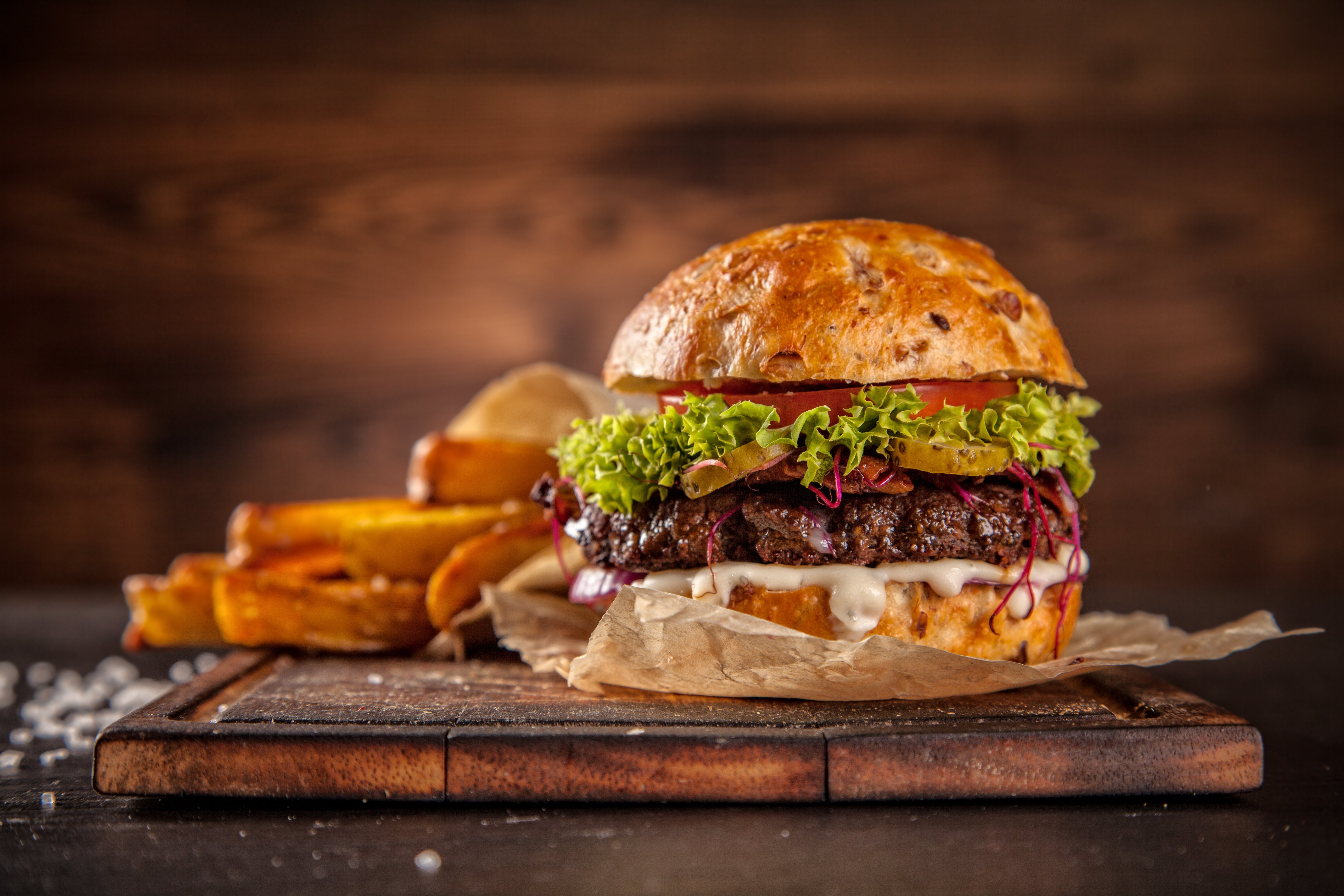The trend of Meat Alternative Ingredients
2021.05.26

Summary
- The protein ingredient is one of the most important components for product identity and product differentiation of meat alternative products
- Soy proteins are historically the most common proteins used in meat alternative products but are facing growing pressure from pea proteins
- Starches and Methylcellulose remain key to texturizing in meat alternatives
- CJ TasteNrich® and FlavorNrich, fermented products, can be considered as key ingredients which give meat alternatives unique meaty flavor as a natural flavor
The market for meat alternative products is expected to grow at a CAGR of 15% from 2020 to reach $17.5 billion by 2027, by product type (TVP, burger patties, sausages, meatballs, nuggets), source (soy protein, wheat protein, etc) and distribution channel. The growth of this market is mainly attributed to the increasing incidence of intolerance for animal proteins, nutritional benefits offered by meat alternatives, increasing vegan population, and venture investments in the meat alternatives industry.
The protein ingredient is one of the most important components for product identity and product differentiation of meat alternative products. Proteins have important structure-function relationships in hydration and solubility, emulsification and foaming, flavor binding, viscosity, gelation, texturization, and dough formation. Soy proteins are historically the most common proteins used in meat alternative products. Nutritionally speaking, processed soy proteins (i.e. isolated soy protein and soy protein concentrates) have been shown to have greater availability of indispensable amino acids compared with unprocessed soy protein. It has enabled processed soy proteins to obtain protein digestibility-corrected amino acid scores (PDCAAS) of 100%. Others range from 89% in pea protein concentrates and 74% in chickpeas to 52% in peanuts and a low of 25% in wheat proteins. Functionally speaking, wheat proteins are useful to help form a successful bind, while attributing the fibrous-like texture in meat alternatives. Soy proteins are still the most important but are facing growing pressure from pea proteins. Pea is popular as it has no allergenic shortcomings like soy or wheat.
Carbohydrate ingredients can be categorized as the starches or flours used to improve product texture and consistency, or the binding ingredients or gums, like methylcellulose, xanthan gum, carrageenan, and others, which are used to improve product stability and form. Starches remain key to texturizing in meat alternatives, appearing in almost a third of new products. Methylcellulose which is a modified cellulose dietary fiber is now the second important texturizer for meat-free products. It performs just as effectively in hot products where other hydrocolloids might melt and lose efficacy. It can also be used as an egg replacer.
Specific flavor ingredients are added to meat alternative products in the form of seasonings and spices. In North America, the top 5 flavors for meat alternative products were smoked, sausage, jackfruit, Italian, and chipotle chili flavor during 2017-2019. Other flavors growing are mushroom and kale in the US, and beetroot and the Mediterranean in Canada. The majority of meat alternative products launched in the Asia Pacific are unflavored, which reflects the number of tofu/bean curd products launched in Asia. When the flavor is used, chili, barbecue, and spices flavor are popular in meat alternative products. Creating the meat-like flavor in meat alternatives is important and on-trend.
Consumers are demanding meat alternative products, satisfying that their texture and flavor meet high standards. Food companies are looking at ways to improve the functionality and sensory profile of the current meat-free products. CJ TasteNrich® and FlavorNrich, fermented products, can be considered as key ingredients which give them their unique meaty flavor as a natural flavor to improve the sensory profile of meat alternative products.
*source: Innnova database























